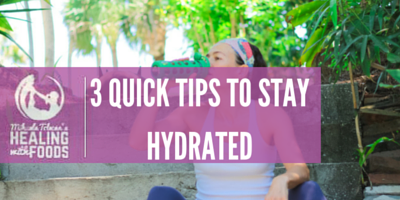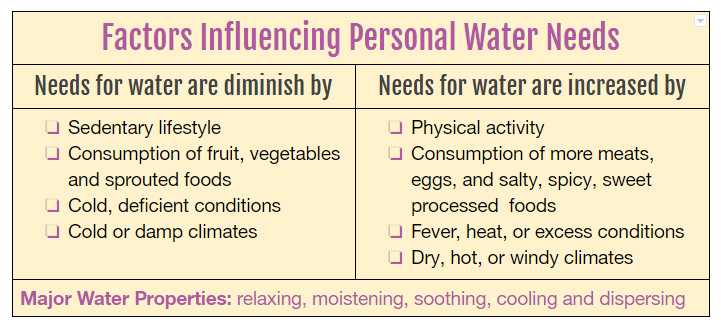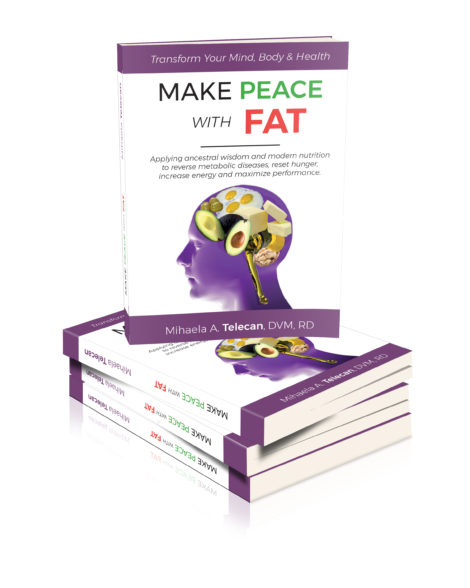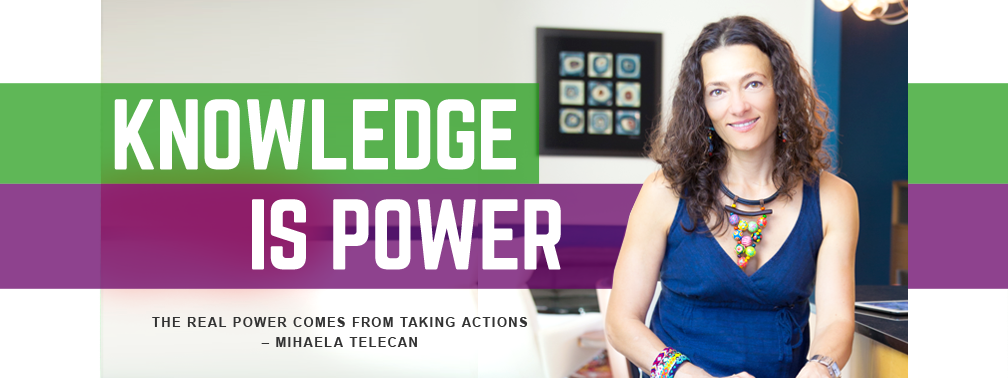hi

How to stay hydrated this summer. Tips and tricks you need to know.
As the weather warms up, staying hydrated becomes more and more important. Water is the quintessential thirst quencher. Over the years, bottled water has become a manufactured necessity distracting us from how fortunate we are to have potable water flowing from our taps.
The average person excretes about 2.5 liters of water per day. Breaking a sweat obviously increases that loss. To replace that water loss and maintain proper cell function, you should consume an adequate amount of water/fluids. I know you are gonna ask me how much an adequate amount of water is. My answer is, it depends on many factors. However, your best indicator is your perception of thirst.
“Eat when hungry, drink when thirsty”
-Zen maxim
I know that’s easier said than done, as many people today are not in touch with their own thirst. It’s something one needs to re-learn.
Here are some factors that influence water needs, (adapted from the book “Healing with Whole Foods: Asian Traditions and Modern Nutrition” by Paul Pitchford):

Now let’s go over few tips about hydration.
Tip #1. Eat foods with a high water content.
Think most vegetables and some fruits have high natural water content, the more of these you’ll eat the more you’ll reduce the need to drink water. Food usually accounts for about 20 percent of our daily fluid intake.
So a cool way to increase water consumption, other than drinking it, is to eat some of those surprisingly high water content foods:
Yogurt.
- No added sugar, cow’s milk, sheep, goat, almond, or coconut based yogurt also contains 155 milliliters of liquid in a three-quarter cup (175 g) serving. You also get a small dose of calcium, potassium and protein and the so much needed probiotics.
Salad.
- As expected, your generic leafy green salad allows you to eat your water. One cup (250 ml) provides about 140 milliliters of water. Surprised it’s not a the top of the list?
Pears.
- Finally, the fruit with the highest water content is the delicious pear. (You’d think it was watermelon, right? Me too.) Eat your organic pears raw with the skin, (after you wash it, of course) for 139 milliliters of sweet juiciness. Watch out this “water source” can come at your waistline expanse.
Above data obtained from the Canadian Nutrient File, Version 2010 by performing a nutrient search for ‘moisture’ in all food categories.
Tip #2. Start your day with one or two big glasses of water.
Preferably warm water with added lemon juice-to support an early bowel movement and flushing of toxins.
When it comes to water, the quality of water is just as important as the quantity if not more important.
- “Rule” #1, to drink “pure” water, free of toxins, chloride, and fluoride. If you don’t have access to a spring, then I recommend investing in a quality water filtration system. I personally use and recommend BigBerkey water filtration system.
- “Rule” #2, avoid plastic bottled water. Invest in a stainless steel or glass water bottle, and keep refilling it as many times as need. Plastic releases “estrogen-like toxins in the water, and acts as an endocrine disruptor. My favorite water bottles are Hydro Flask and LifeFactory.
Tip #3. Don’t “ever” drink water with your meals.
“Ever” it is a strong word…Watch the video below if you care to know why I say it’s best if you don’t drink and eat at the same time. HINT it has to do with optimal digestion and absorption of nutrients, acid reflux, indigestion, and other gut-related conditions.
If you liked this blog post then you gonna love my new book, MAKE PEACE WITH FAT. Click the image below to download a FREE chapter and let the mind-body transformation begin.

For more tips and tricks to help you transform your health, and life using the power of whole foods, habitual movement, and mindset, join my FREE Private Facebook Group.



